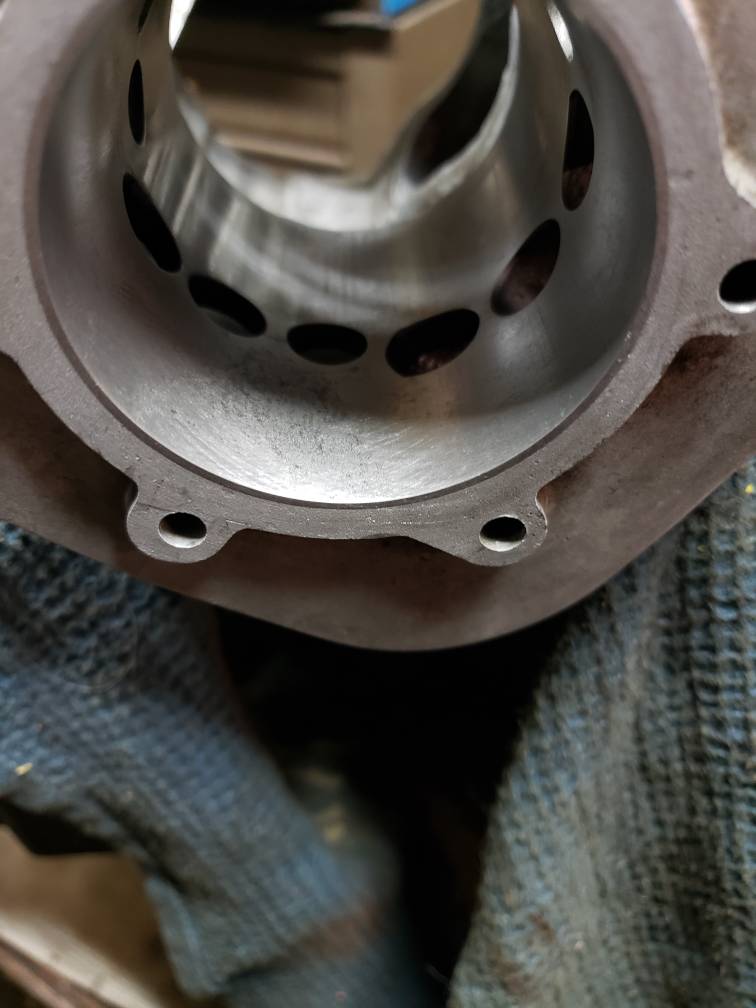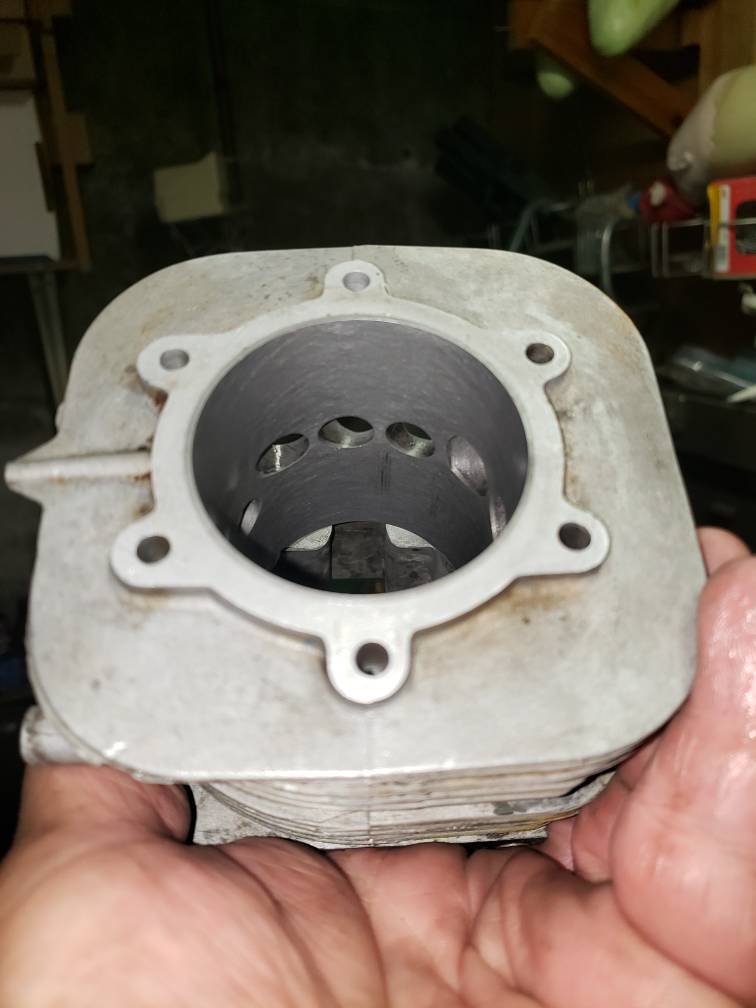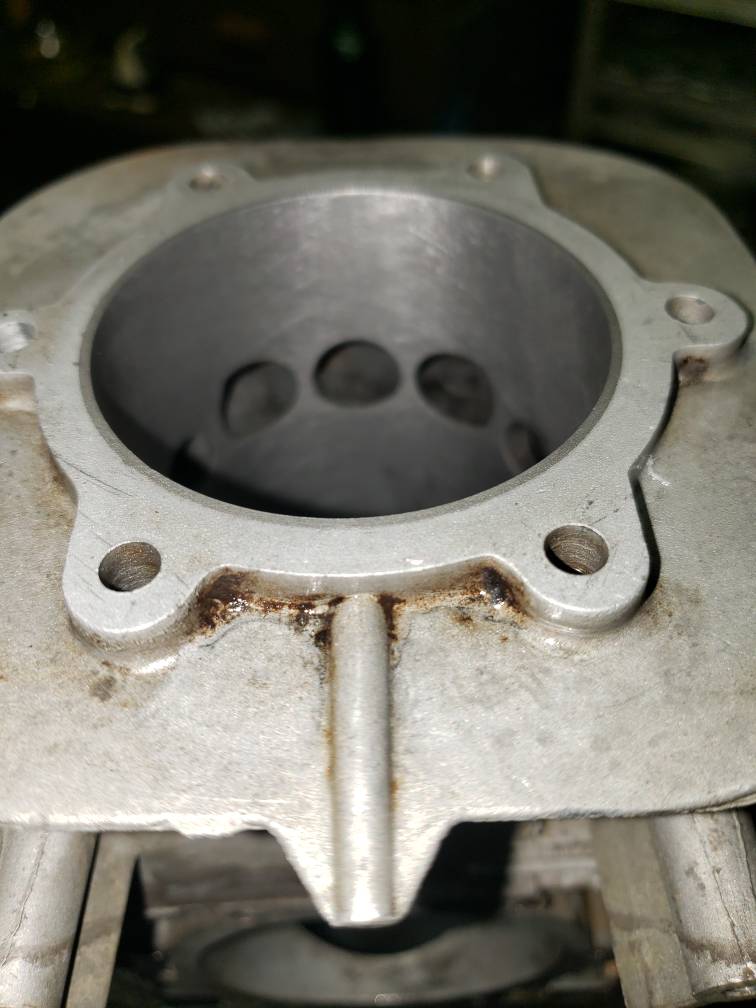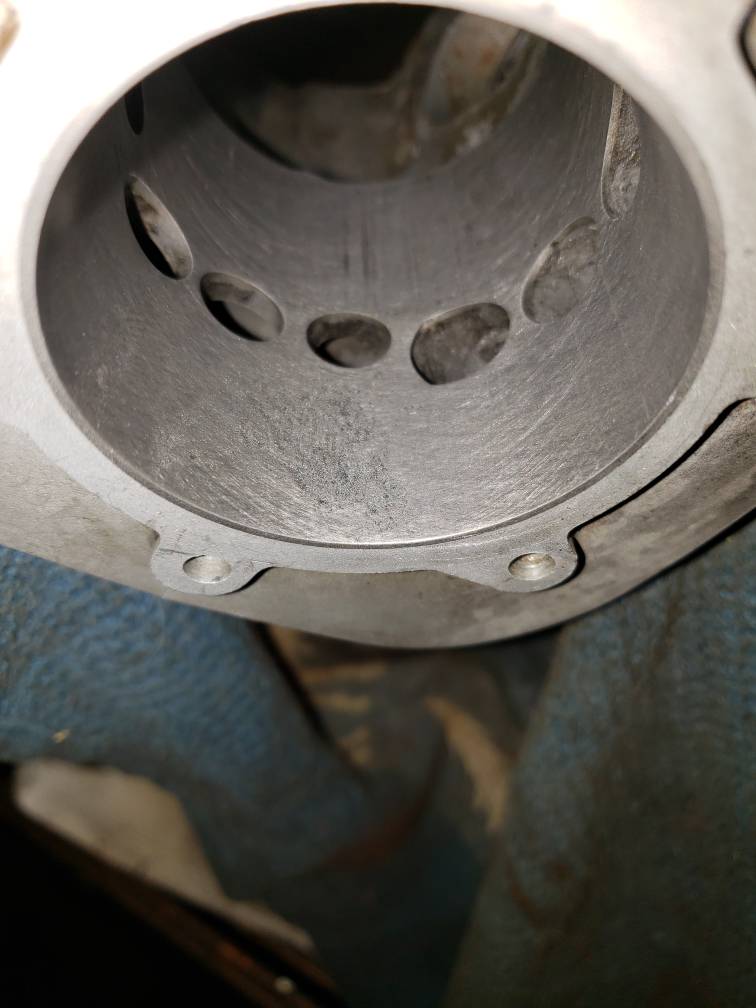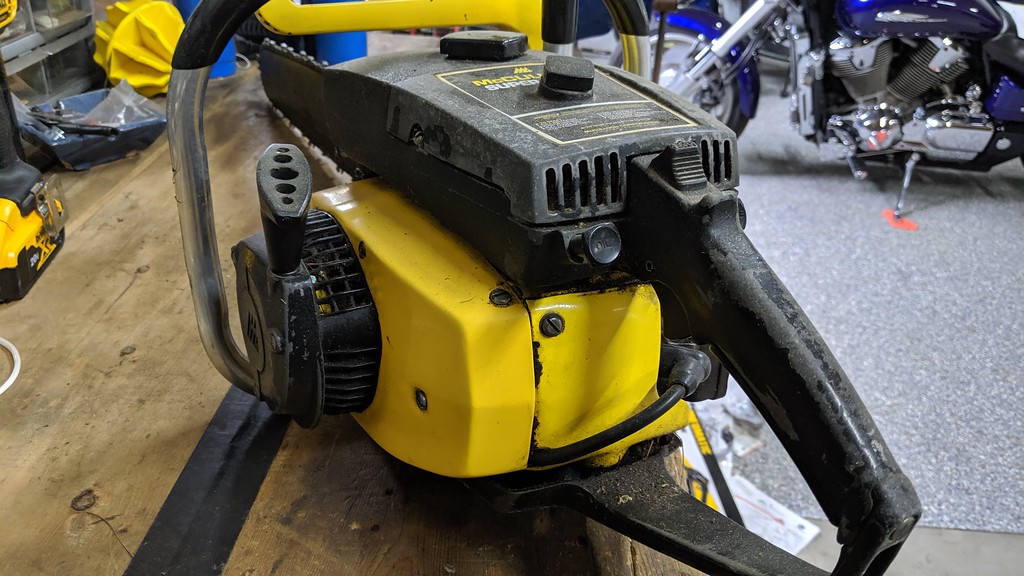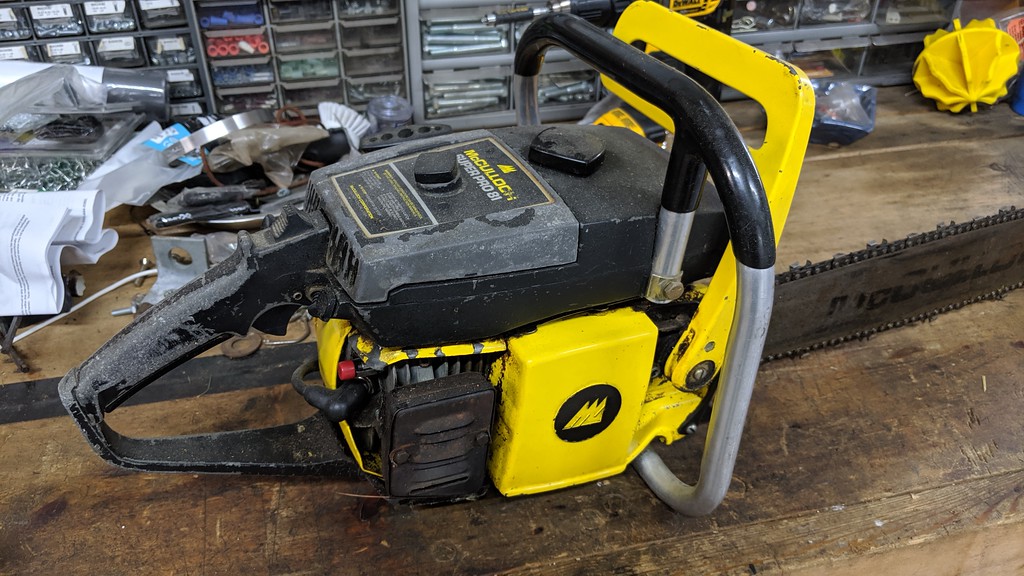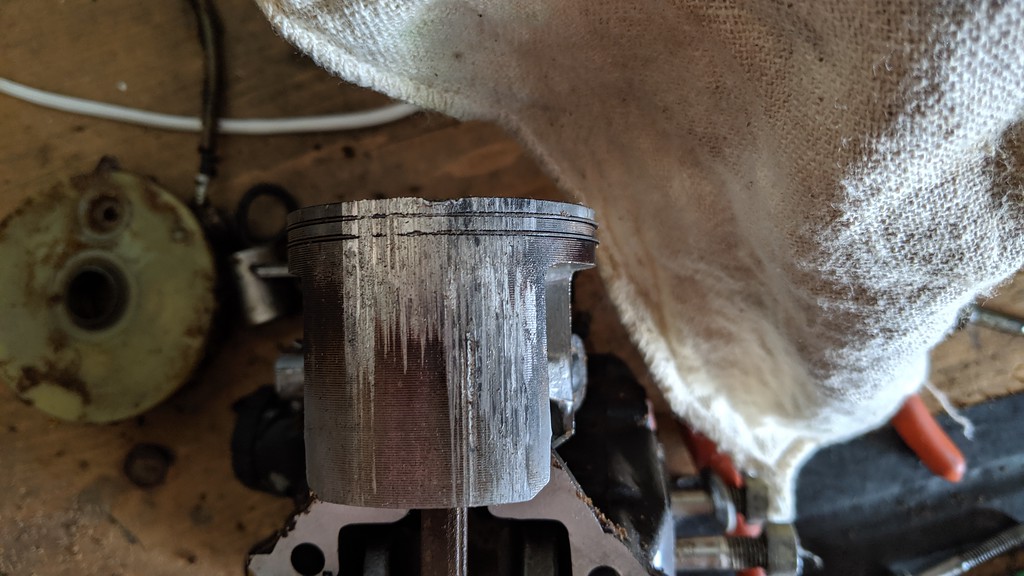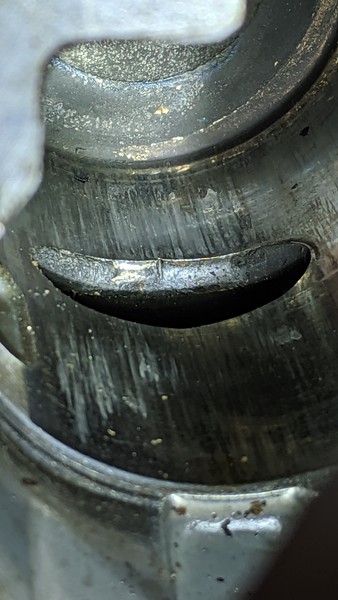Good info, but that's for a hi and lo adjustable sdc.
It was simply intended to show you the order of the diaphragms which are the same for the fixed jet version.
1 turn out on a fixed jet is also usually a good starting point for the low circuit. Between that and the idle screw you should be able to obtain something to work with.
Well think I'm definitely leaning towards air leak on the sp81.
Tear it down and find out. Could be as simple as loose intake components or as involved as a leaky seal. Won't know till you investigate all the possibilities -- which should include testing the integrity of the short block itself by a vac/pressure test. If you're real serious, invest in a MityVac 8500 pressure/vac tester. $55 if you shop around. And don't rely soley on a pressure test when chasing a leak..., especially when you suspect seals. Pressure can often close a vac leak at a seal.

























































